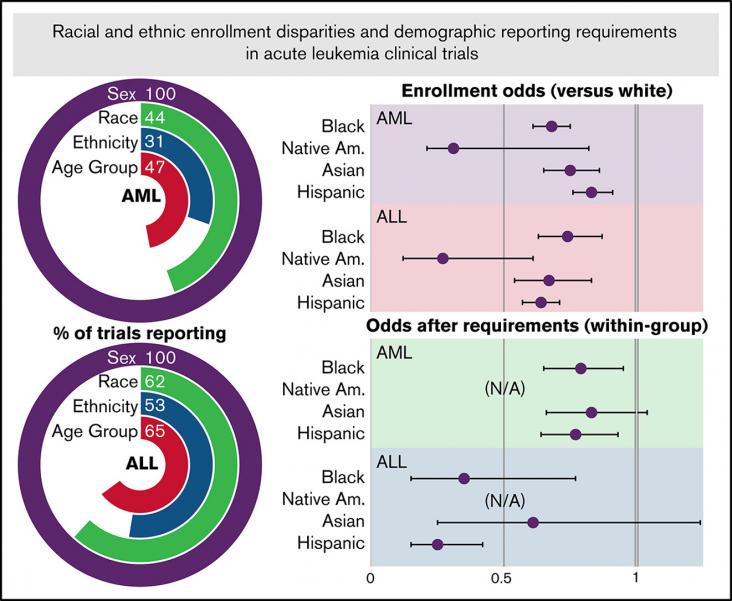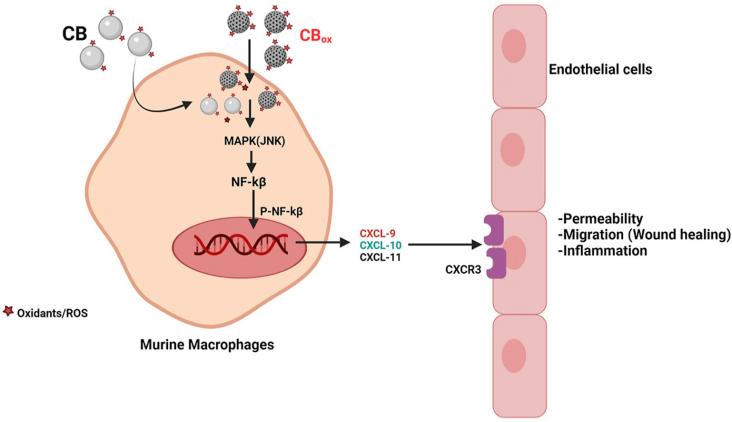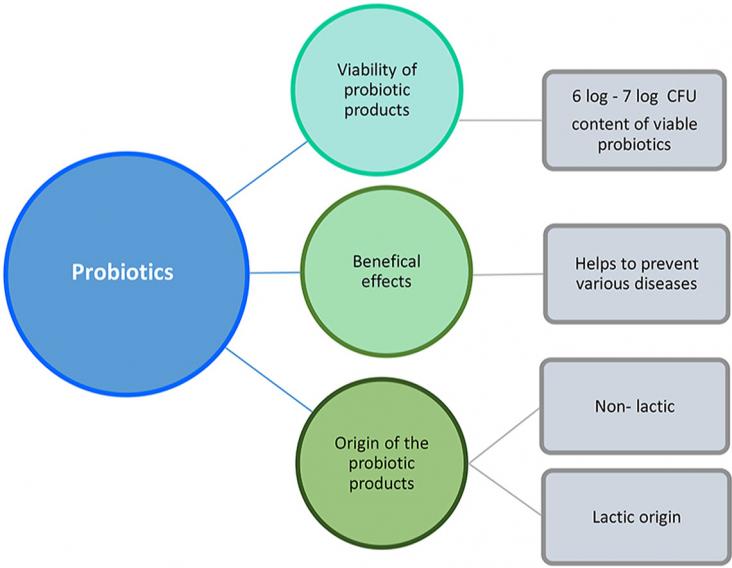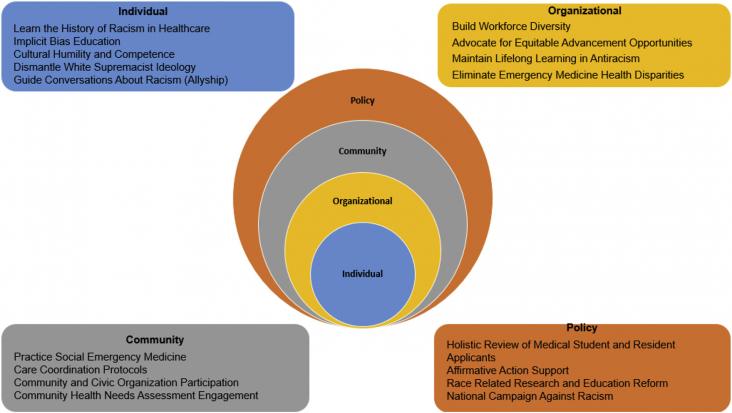Objectives: We determined the representation of women in sport sciences research leadership by assessing the proportion of women in (i) leading authorship positions of randomized controlled trials (RC

Data regarding racial and ethnic enrollment diversity for acute myeloid leukemia (AML) and acute lymphoid leukemia (ALL) clinical trials in the United States are limited, and little is known about the

Oxidation of engineered nanomaterials during application in various industrial sectors can alter their toxicity. Oxidized nanomaterials also have widespread industrial and biomedical applications.
Amahewu is a fermented maize-based gruel or beverage consumed mainly in Southern Africa.
Peripartum cardiomyopathy is a relatively rare condition, that usually presents with features of heart failure in the peripartum period.
The concept of “Smart City” has been proposed by governments, the business community, advocacy groups, and research institutions as a means to solve common urban problems and improve the quality of

Foods with probiotics are in high demand by consumers given their associated health properties that make them the most popular functional foods.

